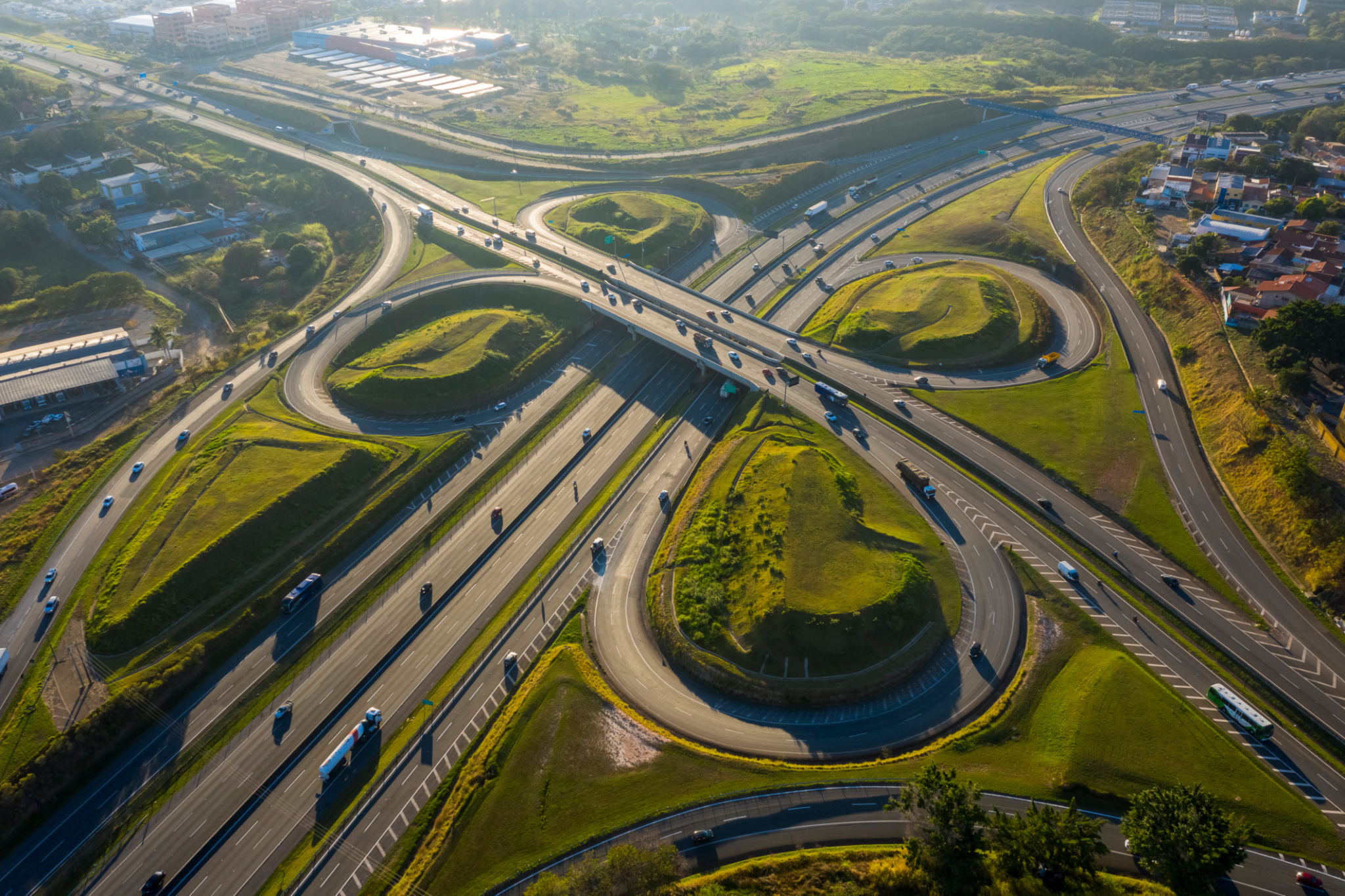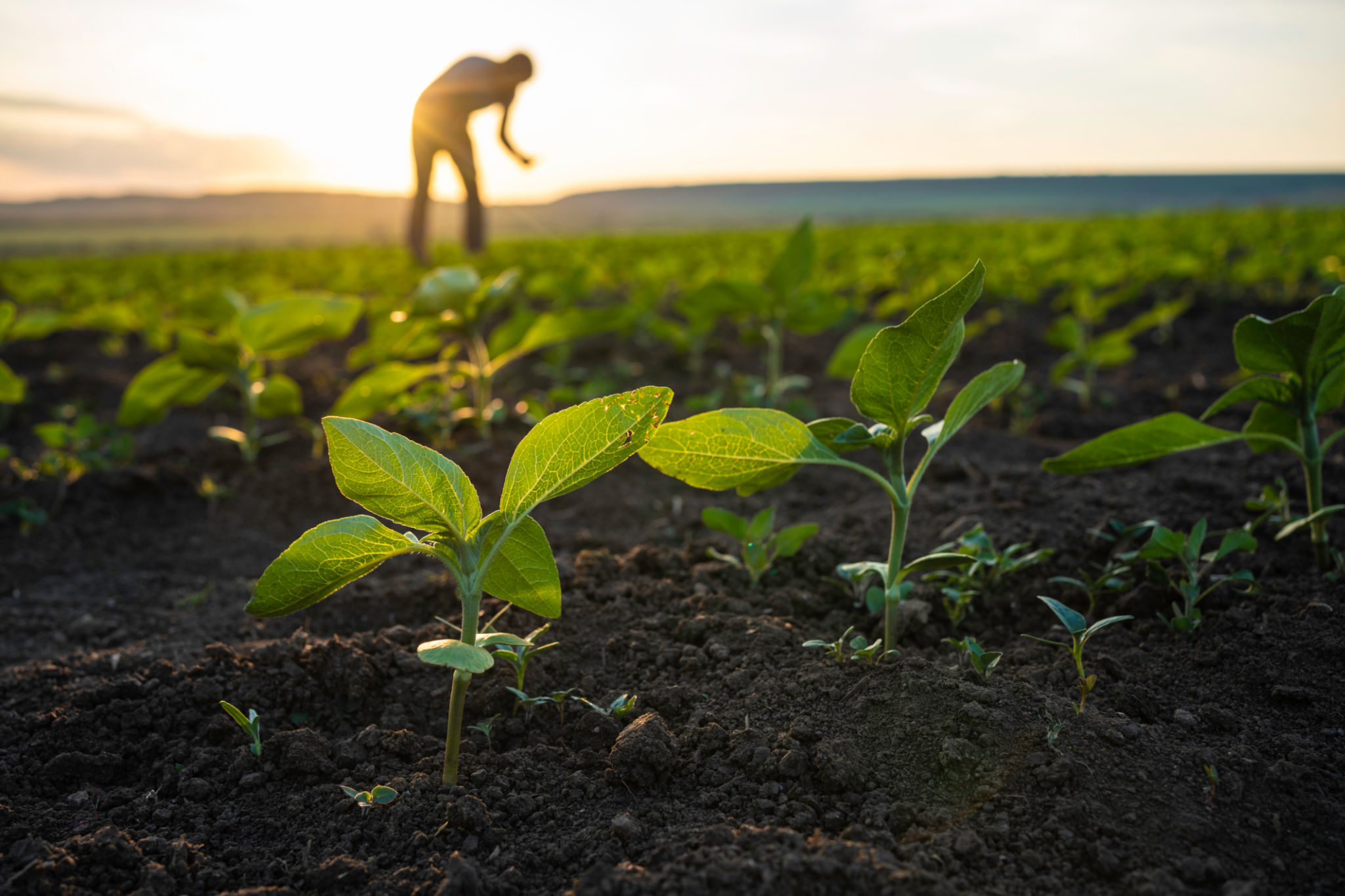Understanding the Rising Demand for Brazilian Exports: Opportunities and Challenges
Introduction to Brazilian Exports
In recent years, Brazil has emerged as a significant player in the global export market. Known for its rich natural resources and diverse economy, the country has seen a surge in demand for its exports. This increase presents both exciting opportunities and notable challenges for businesses and policymakers alike.

Key Drivers of Demand
The demand for Brazilian exports is driven by several factors. Firstly, Brazil's vast agricultural sector plays a crucial role. As one of the world's largest producers of soybeans, coffee, and beef, Brazil continues to supply essential commodities to countries around the globe. Additionally, Brazil is rich in natural resources, making it a top exporter of minerals like iron ore.
Another significant factor is the country's growing manufacturing sector, which has been expanding its reach into international markets. From automobiles to aircraft, Brazilian industries are increasingly competing on the global stage, driven by a combination of innovation and competitive pricing.

Opportunities in Emerging Markets
While traditional markets like the United States and European Union remain important, emerging markets offer new avenues for growth. Countries in Asia and Africa are increasingly turning to Brazil for raw materials and finished goods. This shift provides Brazilian exporters with opportunities to diversify their customer base and reduce dependency on a few key markets.
Furthermore, trade agreements and partnerships are opening doors to new markets. For instance, the Mercosur trade bloc, of which Brazil is a member, facilitates easier access to markets across South America. Such collaborations enhance Brazil's ability to tap into regional demands effectively.
Challenges Facing Brazilian Exporters
Despite these opportunities, Brazilian exporters face several challenges. One significant issue is infrastructure. While Brazil has made strides in improving its transportation and logistics networks, bottlenecks still exist. These can lead to delays and increased costs, impacting competitiveness on the global stage.

Moreover, fluctuating currency values and economic policies can pose risks. The volatility of the Brazilian real can affect profitability for exporters, making financial planning more complex. Additionally, navigating international trade regulations requires expertise and adaptability.
Environmental Concerns and Sustainability
As global expectations for sustainability grow, Brazilian exporters must also address environmental concerns. Deforestation in the Amazon rainforest and other ecological issues have drawn international scrutiny. Companies are under increasing pressure to adopt sustainable practices and demonstrate environmental responsibility in their operations.
Strategies for Success
To thrive in this dynamic environment, Brazilian exporters can adopt several strategies:
- Investing in Infrastructure: Collaborating with the government to improve logistics can enhance efficiency.
- Diversifying Markets: Reducing reliance on a few markets by exploring new regions will mitigate risks.
- Embracing Innovation: Adopting new technologies can increase competitiveness and open up new opportunities.
- Sustainability Initiatives: Implementing eco-friendly practices can improve brand image and comply with international standards.

Conclusion
The rising demand for Brazilian exports offers a promising landscape filled with opportunities for growth and expansion. However, it also presents challenges that require strategic navigation. By understanding these dynamics and adapting accordingly, Brazilian exporters can position themselves for long-term success in the global market.